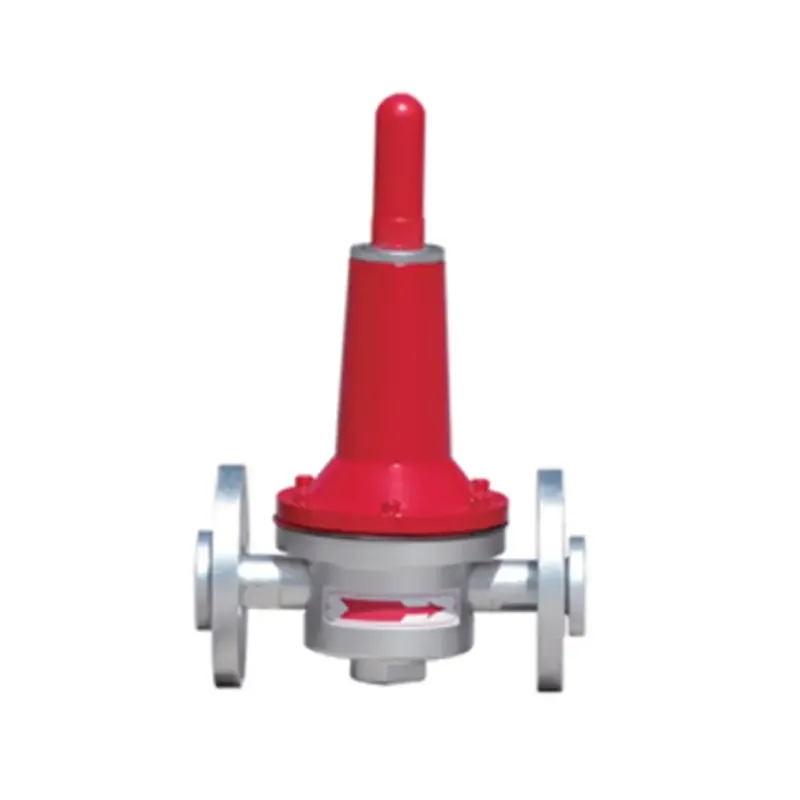
12 月 . 03, 2024 17:46
Back to list
cyclone separator
Understanding Cyclone Separators Principles and Applications
A cyclone separator, often referred to simply as a cyclone, is a device utilized to separate particles from a gas or liquid mixture based on the principle of centrifugal force. It is widely used in various industries, including oil and gas, chemical manufacturing, food processing, and air pollution control. This article will explore the working principle of cyclone separators, their advantages, applications, and limitations.
Working Principle
The operation of a cyclone separator is based on the creation of a high-velocity rotating vortex within a cylindrical chamber. When a mixture of gas (or air) and particulates enters the cyclone at a tangent, it is forced to follow a spiral path. As the velocity of the gas increases, centrifugal force causes heavier particles to be thrown outward against the wall of the cyclone. These particles then descend toward the bottom of the unit, where they are collected as collected material or ‘dust.’
The cleaned gas, having lost much of its particulate load, then moves upward and exits through the top of the cyclone. Importantly, the efficiency of separation depends on several factors including the design of the cyclone, the particle size, density, and the velocity of the incoming gas.
Advantages of Cyclone Separators
One of the most significant advantages of cyclone separators is their simplicity and low maintenance requirements. They do not involve any moving parts, which minimizes the risk of mechanical failure and ensures a longer operational lifespan. Furthermore, cyclone separators can operate effectively across a wide range of temperatures and pressures, making them suitable for various industrial applications.
Another advantage is their efficiency in separating coarse particles. Cyclone separators are particularly effective for particles larger than 10 microns and can remove up to 99% of these particles in a single pass. This makes them an ideal choice for pre-cleaning applications before fine filtration processes.
Additionally, cyclone separators are often more cost-effective in terms of installation and operational costs compared to other filtration systems. They require less energy to operate, which contributes to their economic feasibility, especially in large-scale operations.
cyclone separator

Applications
Cyclone separators find applications in numerous industries due to their versatile nature. In the food industry, they are used to separate flour and other bulk powders from air streams. In the chemical manufacturing sector, they play a crucial role in the recovery of valuable materials from gas streams.
In the oil and gas industry, cyclones are employed for the separation of sand and other solids from crude oil or natural gas. Cyclone separators are also extensively used in dust collection systems within manufacturing facilities and are essential for ensuring compliance with environmental regulations by reducing air pollutants.
Additionally, in the field of wastewater treatment, cyclone separators can help remove solids from liquid effluents before further processing or disposal.
Limitations
Despite their many advantages, cyclone separators do have limitations. One primary limitation is their inefficiency in capturing very fine particles (typically smaller than 5 microns). For such applications, additional filtration methods, such as bag filters or electrostatic precipitators, may be necessary to achieve the desired level of air purity.
Another consideration is the design intricacies of cyclone separators. The performance of a cyclone separator is heavily influenced by its design parameters, such as height, diameter, and inlet configuration. Therefore, each application may require a custom-designed cyclone to optimize performance, adding complexity to the planning phase.
Conclusion
Cyclone separators are essential tools in various industries for their efficiency, simplicity, and cost-effectiveness in separating particles from gas and liquid streams. While they excel at removing larger particulates, their limitations with finer particles necessitate complementary filtration methods in some cases. Overall, understanding the operational principles and applications of cyclone separators enables industries to make informed choices in their pollution control technologies and product recovery processes, ultimately contributing to more sustainable operations.
Latest news
-
Unlocking The Quality Gas Pressure ReducersNewsNov.01,2024
-
The Role of Gas Pressure Reducing StationsNewsNov.01,2024
-
The Importance and Functionality of Safety Relief ValvesNewsNov.01,2024
-
The Essential Role of Safety Valves in Natural Gas ApplicationsNewsNov.01,2024
-
The Essential Role of Gas Pressure RegulatorsNewsNov.01,2024
-
Enhance Your Premium Gas FiltersNewsNov.01,2024

